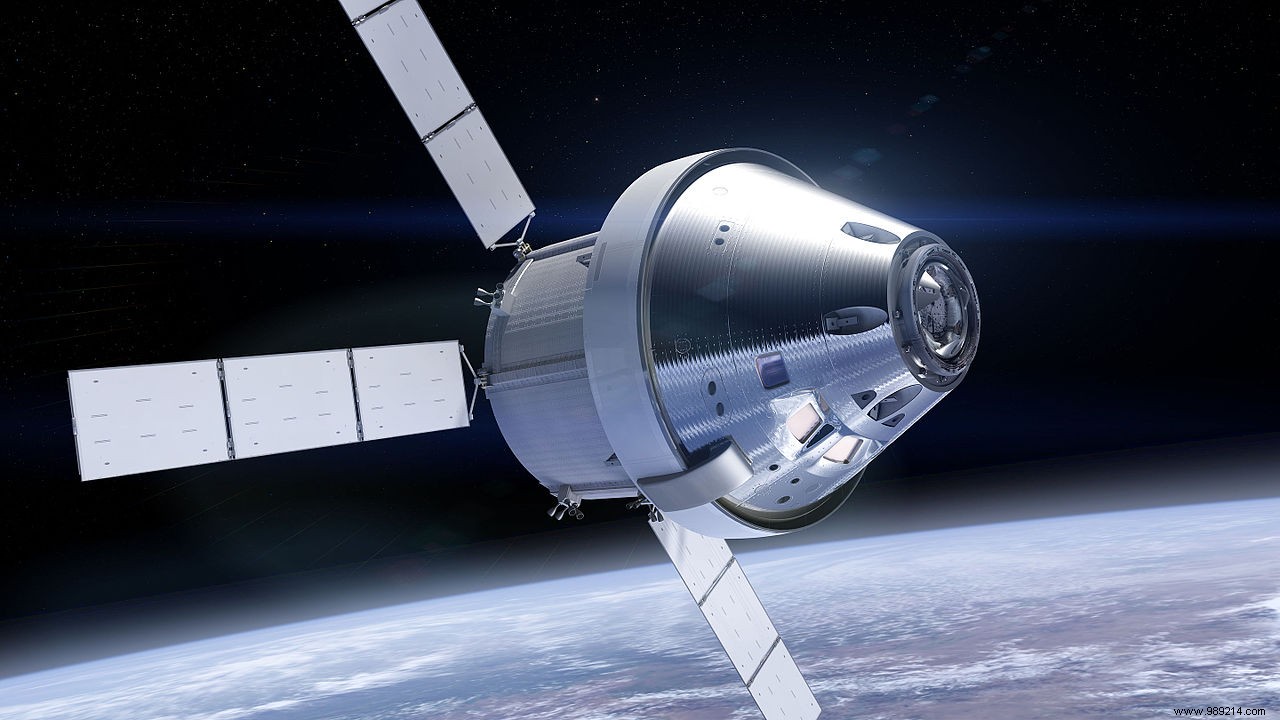Jen Psaki, the White House press secretary, said this Thursday, February 4, that President Joe Biden would continue the Artemis program to re-land humans on the moon. On the other hand, the 2024 deadline will probably be postponed.
In 2017, the Trump administration asked NASA to return astronauts to the Moon in 2024 as part of a program later called Artemis. Unlike the Apollo program, however, it would no longer be about simply "setting your feet" on the lunar surface. The objective will ultimately be to establish permanent facilities in the South Pole region allowing crews to make long-term stays in space.
We knew from the start that this 2024 goal might be a bit ambitious. Some had then justified this deadline by the idea that if successful, this return to the Moon could be operated under the presidency of Donald Trump, in the event of re-election . However, since last January, the United States has finally been led by a new president:Joe Biden.
Since his election, Joe Biden has not spoken about NASA and its lunar exploration projects. Some even thought his administration could cancel the Artemis program to focus more on fighting climate change.
Finally, the White House press secretary, Jen Psaki, wanted to reassure everyone this Thursday during her briefing with the journalists. “The United States government will continue to work with industry and international partners to send astronauts, another man and a first woman, to the Moon “, she confirmed. “We support this effort and this endeavor “.

On the other hand, Jen Psaki, who was answering a journalist's question, did not mention the 2024 deadline set by the Trump administration. Recall that last year, a bipartisan effort by the United States House of Representatives sought instead to push this landing mission to 2028 , consistent with previous NASA goals. A priori, the next "foot" posed by humans on the Moon should therefore take place between these two deadlines.
Recall that the first part of the Artemis I program is normally scheduled for next November. During this mission, the Space Launch System (SLS), the 98-meter super-heavy launch vehicle developed by NASA for a decade, will be responsible for releasing an unmanned Orion capsule into space. It will then circle our satellite before returning to Earth. Whether the rocket will be ready in time remains to be seen. A second hot firing test is planned for the end of the month, after a first failed test on January 16.